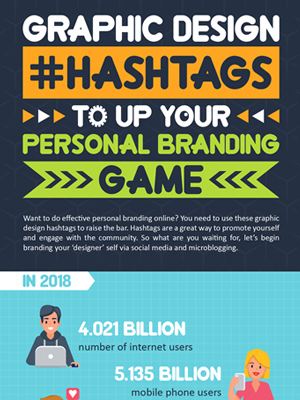Herzberg’s Two-Factor Theory For Graphic Design Agencies – How To Motivate In-House Designers
Talent is scarce, and if you find the right one make sure you acknowledge it and appreciate it. Sounds pretty blackboard-ish right? Well, in a competitive market you need to value your assets – one of which is your in-house designers. They’re investing their time, energy, knowledge and skills on your brand and your product. In return, you can’t simply expect them to be happy with a salary. Thus, I thought it necessary to share how motivation works and what you can do about it.
Human Needs And Wants
Unlike animals who survive on basic instincts, humans are complex. They don’t simply have needs but wants too as we learn in the first session of our business studies class. These needs and wants obviously depend on peoples’ geographic locations, psychographics and personal preferences. As a matter of fact, time and technology change peoples’ needs and wants too. For example, at a point in time no one needed an internet connection and Wi-Fi was in fact a luxury; but today it is a basic need like shelter and money.
While wants can be diverse, needs can still be generalized like psychologist Abraham Maslow has done in his hierarchy of needs theory. In contrast to this, Frederick Herzberg knew the formula isn’t this simple so he conducted a study that gave birth to his famous two-factor theory.
Although both the theories became highly popular, today we’re sticking to Herzberg’s two-factor theory that prescribes what increases and decreases the motivational levels in people working in an agency, let’s say.
Also Explore: New Age Creative Titles for Designers
Herzberg’s Two Factor Theory
The two-factor theory was proposed by behavioral scientist Frederick Herzberg in 1959 after studying around two hundred accountants and engineers in Pittsburgh, Pennsylvania. In the survey participants were asked about things that make them unhappy and happy. With the data, Herzberg concluded factors that increase or decrease satisfaction at workplace don’t necessarily cause dissatisfaction. Nope this isn’t a riddle, although it sure sounds like one. The infographic below clearly describes what this means.
According to Herzberg, job enrichment is a continuous process to be carried out by the management department. It is in fact true for the new age employee. We need a good salary, good working conditions and good managers but the things that really boost our spirits include reward and recognition. We’re empowered by challenging tasks and enthused by professional development.
In the infographic below, learn the ways you can make the most of with your team. These ten creative ways to motivate in-house designers will rank your design agency among the highly desirable places to work in.
While many criticisms have been raised regarding Herzberg’s two-factor theory, there is no harm in hoarding all the good we can get from it. Plus, motivation is as intrinsic as hunger to be honest. A full-stomach designer may meet all his needs but he/she may still be demotivated to strive for success. So make sure you use the above-mentioned creative ways (or your own innovations) to help your in-house designers reach their true potential.

